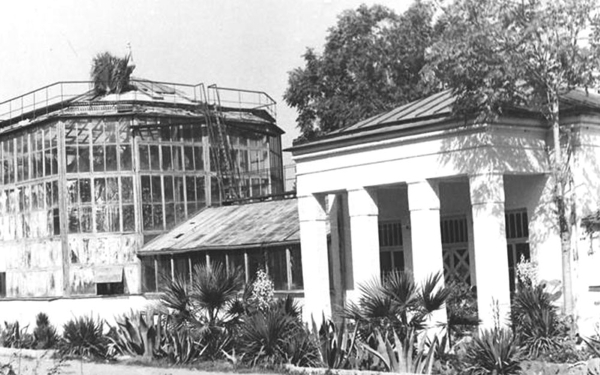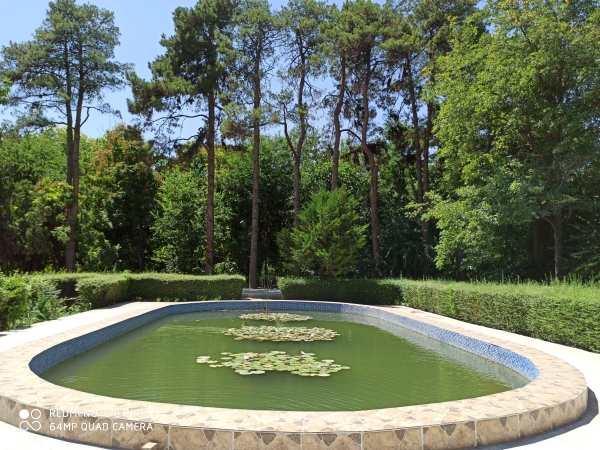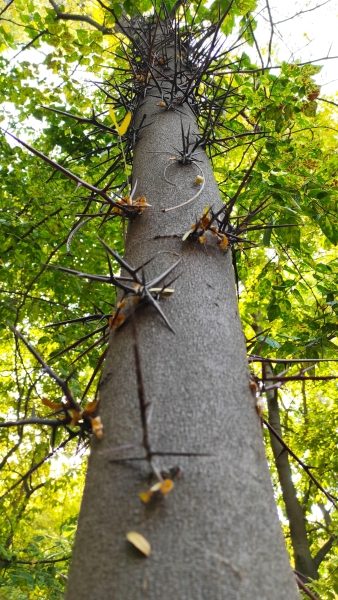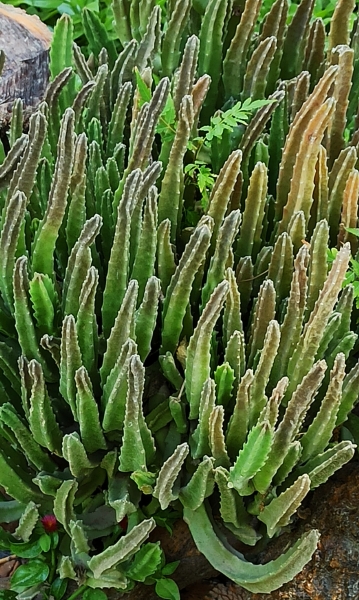Elena Dolgova
The Ashgabat Botanical Garden, the oldest in Central Asia, celebrated its 96th anniversary. Throughout its history, it has been affiliated with various institutions, including the Academy of Sciences, the Institute of Botany, and currently, the S.A. Niyazov Turkmen Agricultural University.
The garden’s origins trace back to 1892 with the establishment of a botanical station on the city’s eastern outskirts, later transformed into a horticulture school for cultivating flowers. In 1924, a nursery was founded on this site, evolving into the Central Forestry Station in 1926. This station served as a breeding site for a diverse collection of ornamental trees, herbaceous plants, and aquatic species.
On 1 October 1929, the Ashgabat Botanical Garden was officially inaugurated on an 18.5-hectare plot. The garden’s unique character stems from its successful introduction and acclimatization of numerous plant species, many of which are atypical for the region’s continental, arid climate.
Prominent botanists of that time joined the work on the organization of the garden – Alexander Ivanovich Mikhelson, a great connoisseur of the flora of the Transcaspian region, Nikolai Androsov, who became the first scientific organizer of the Bureau of seeds and herbarium, the discoverer of new species of flora of Turkmenistan, which are now named after him. The scientist’s research interests were focused on melons and their varieties, sand plants, particularly tamarisk and tragacanthus locoweed. Leading scientists – B.Keller, M.Kultiasov, M.Ilyin, I.Lynchevsky, M.Popov, B.Fedchenko, V.Nikitin – formed the main directions of the garden’s work. The first seedlings for the arboreal nursery and flower seeds were obtained from the Nikitsky (Crimea) and Tbilisi (Georgia) Botanical Gardens.
The planning of the sites, the laying of an arboretum on an area of 12 hectares, the construction of a stock greenhouse for tropical and subtropical crops, a greenhouse and a small pool for aquatic plants continued until 1935, after which the staff moved on to new scientific tasks.
The accumulated experience of the country’s scientific research, cultural, and educational institutions in studying the flora of the Kopetdag and Karakum mountains laid the foundation for the development of Turkmen biological science. Living testaments to the garden’s early years are the majestic old-growth thuja trees, planted in 1903, which still stand within the grounds of the S.A. Niyazov Agricultural University and adjacent to the garden’s current boundaries. Wood plants mark the oldest and most valuable tree specimens, indicating their planting year (e.g., Texas gleditsia – 1955, Indian lagerstroemia – 1928).
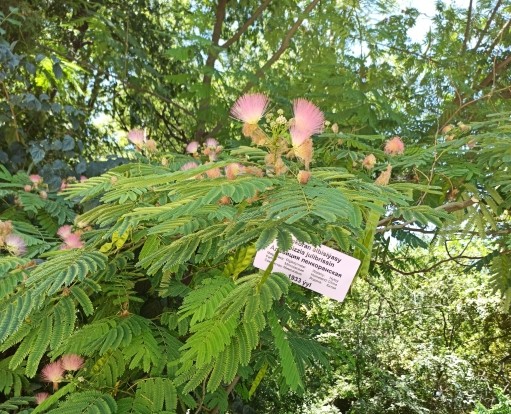
At the next stage of the site’s development, the staff of the Moscow Botanical Garden, together with Academician of the USSR Academy of Sciences Boris Keller, worked at the Ashgabat Botanical gardern during the World War II.
Keller conducted field research on Kopetdag and Karakum. With his assistance, the Turkmen Branch of the USSR Academy of Sciences was transformed into the Academy of Sciences of Turkmenistan. Prominent scientist Konstantin Blinovsky in Ashgabat used his practical experience in the selection of species for use in landscaping, and this area has forever become a key profile of the garden’s activities, as well as the study of tree exotics and fruit crops in nature. Dendrologist K.Blinovsky worked in the garden until the end of the fifties of the last century, participated in the processing of certain species of the seven-volume monograph “Flora of Turkmenistan”.
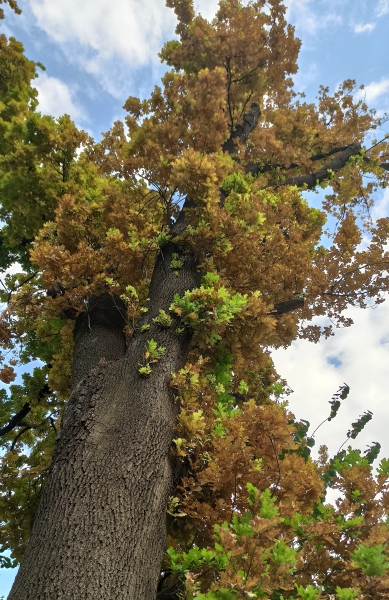
Leonid Kamakhin and Marfa Molochkova, who worked in the acclimatization and landscaping department, conducted the first experiment of cultivating the endemic gummiferous tragacanth, astragalus cushion, and were engaged in the selection and testing of flower crops, including tropical canna for use in urban landscaping.
The historic chrysanthemum collection was revitalized with the addition of new varieties. Furthermore, sweet potatoes were introduced as a viable alternative to imported potatoes. I.Gaevskaya, R.Davydova, L.Ishchenko, B.Durdyev, L.Soboleva, S.Abramova, O.Karandasova and many others worked with herbaceous plants of the world and local flora.
The Ashgabat Botanical Garden experienced its golden age of botanical research between the 1960s and 1990s, during the tenure of two distinguished botanists: Klych Muradov and Baki Kerbabaev.
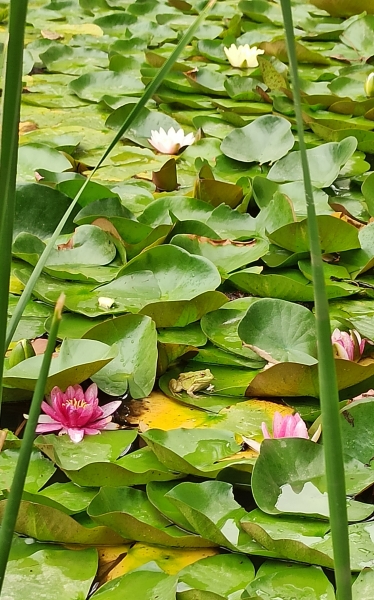
During this period, the garden housed three dedicated laboratories: dendrology, floriculture, and local flora. The garden’s impressive collections encompassed over 4,000 species, varieties, and forms. 1,100 species of tropical and subtropical plants were collected in one greenhouse alone.
The open-ground collection had over 1,700 species, forms, and varieties, including bulbous and herbaceous perennials.
Humargul Esenova made significant contributions to the study of nine species of hawthorn found in Turkmenistan. Maya Seyidova specialized in greenhouse plants. Ogulsapar Nazarova, Pirli Kepbanov, Nabat Babayeva, and Annasapar Kichiev advanced the fields of geobotany and plant systematics. Kuvvat Gylychmuradov and Ekaterina Kuroshina spearheaded the introduction of new plant species.
For many years, the rose garden, iris beds, and chrysanthemum displays have been a source of pride for Turkmen botanists and a beloved local landmark. These areas have stimulated public interest in floriculture, captivating both foreign tourists and young Turkmen schoolchildren and students.
Today, the garden’s staff continues its vital scientific work. Their focus lies in acclimatizing the most resilient crops to the arid climate, with the goal of utilizing these plants for industrial landscaping in open spaces and cultivating “green” exotics for greenhouses and atriums.
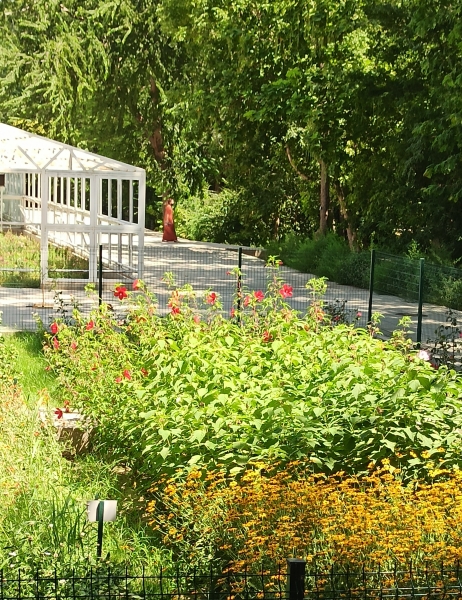
Over the past decade, subtropical bananas and papayas have been successfully tested and are bearing fruit, practical recommendations have been developed on agricultural techniques for growing many species and the introduction of agave and palm trees in open and semi-enclosed ground.///originally published by the newspaper Neutral Turkmenistan, 14 January 2025. (photo credit – nCa)
